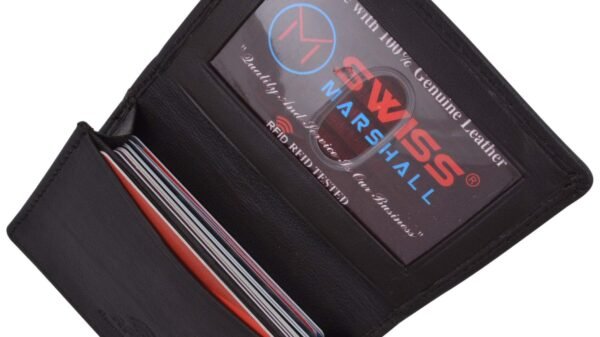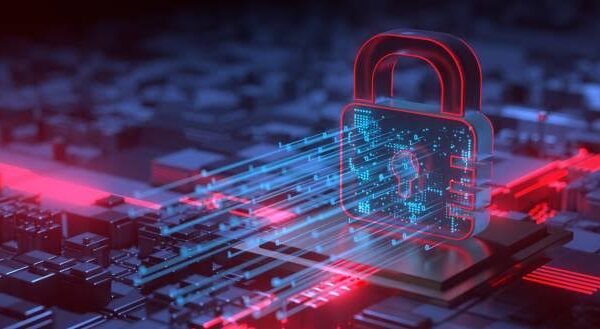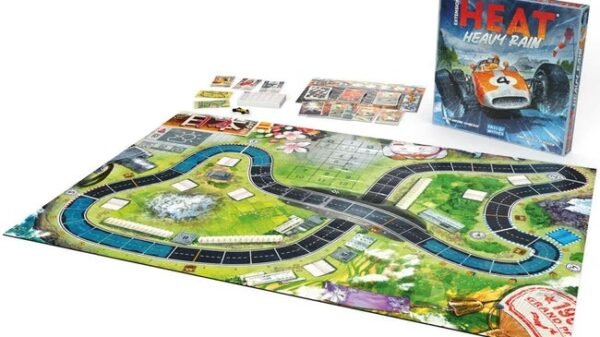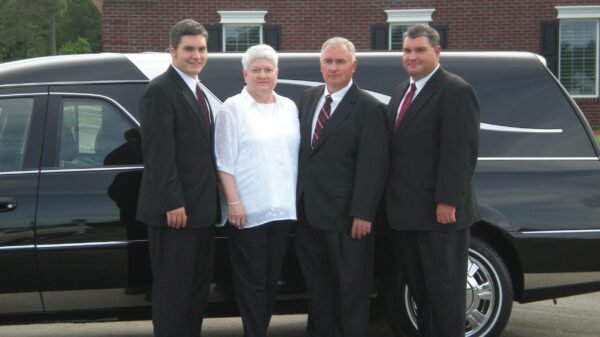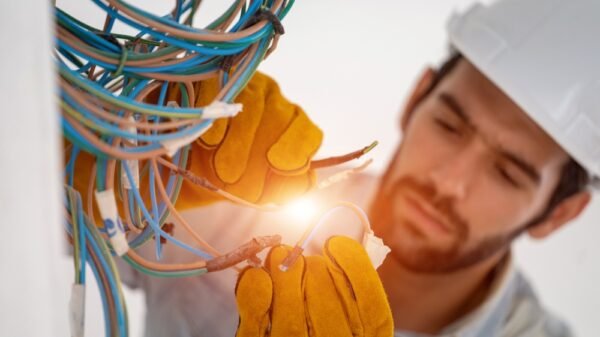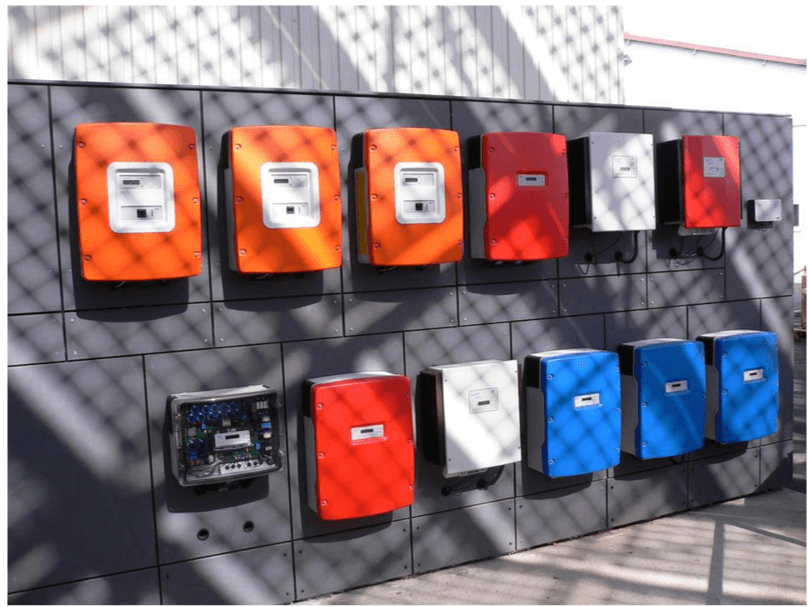Electricity is converted from one form to another using a power converter, also known as an inverter (AC). Modern life makes heavy use of inverters. We depend mainly on electrical and technological gadgets, and even a brief power loss may have a significant impact.
Inverters provide more than power conversion; they also offer excellent efficiency, low power consumption, and a wide range of application options.
Many applications rely on an inverter because of frequent power outages. These are the most acceptable power backup options in the event of a breakdown. The AC is more efficient when moving from one plant to another because it has fewer voltage dips.
A Various Kinds Of Inverters
An ideal inverter should be able to convert a DC signal into a pure sine wave AC output. There is a difficulty with practical inverters in that their output signals are not precisely sinusoidal. According to several categorization approaches, inverters may be divided into various subcategories.
- Inverter For Square Waves
This voltage inverter’s output waveform is a square wave. Compared to other inverter types, this one sees minor usage since all appliances are built to accept a sine wave supply. This inverter has a modest price tag, but its use is limited. It may include inexpensive power tools powered by a universal motor to save money.
The tube light and fan buzz when running on a square wave, but there is no danger to the electrical devices. However, ceiling fan speed control dimmers have been damaged in rare cases.
- A Sine Wave Inverter
Neither the pure sine wave nor the square wave can be generated by this inverter. The output of such an inverter is the sum of two square waves. The output waveform is not quite a sine wave but mimics a sine wave’s shape.
Compared to pure sine wave inverters, building a modified sine wave inverter is substantially more accessible. There are two distinct ways a square wave’s output wave goes from positive to negative, while a modified sine wave’s output wave moves from positive to negative. Hence, by simply delaying the switch, a modified sine wave inverter may be produced immediately from a pure sine wave inverter.
- Micro-Inverter For Solar Power
When a solar panel generates DC electricity, the solar micro inverter converts it into AC power. It can be used to power domestic appliances or transmitted into the grid to earn energy credits. Micro-inverters, as opposed to string inverters, regulate just one panel’s output.
As DC power is converted to AC, there is no risk of exposure to high voltage DC energy. String inverters often come with a 5-year guarantee, but microinverters typically come with a 25-year warranty. Over the long run, this is a superior investment.
- Inverter With a Single Sine Wave
The voltage’s output waveform is a sine wave, which is highly similar to what we get from the utility company. This inverter is incredibly beneficial since all appliances are built for sine wave operation.
This sort of inverter is likely safe for desktop computers, laptops, camera battery chargers, mobile phone chargers, and small household water pumping motors, among other devices. So, this is the ideal output and assures that the device will function as expected. Technology is best for change.
Conclusion
These inverters are more expensive but are commonly used in residential and commercial settings due to their wide range of capabilities.









